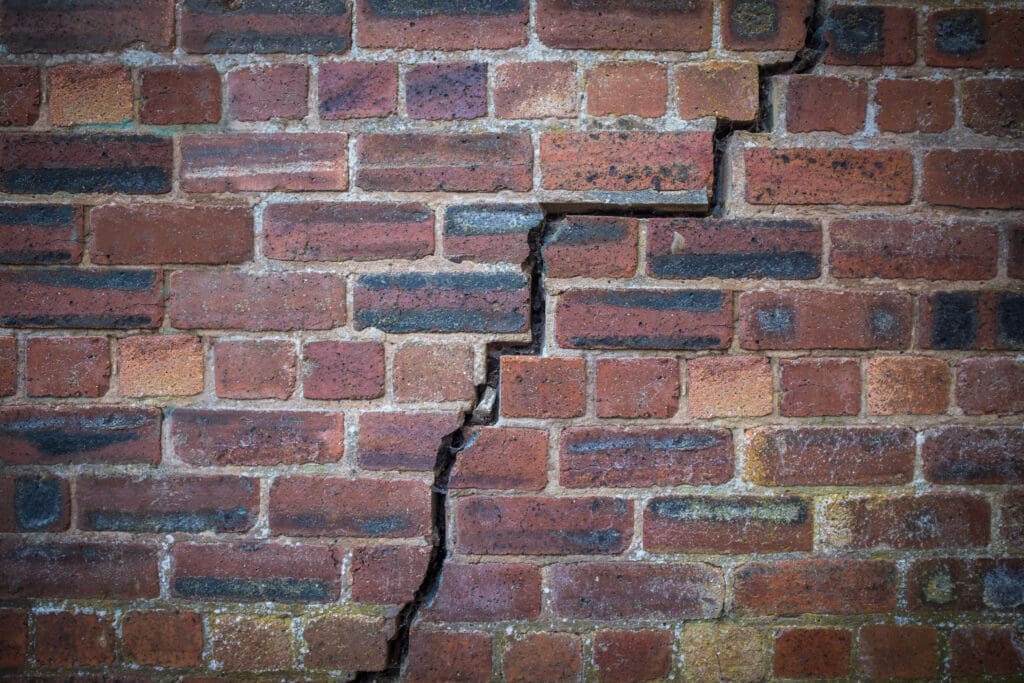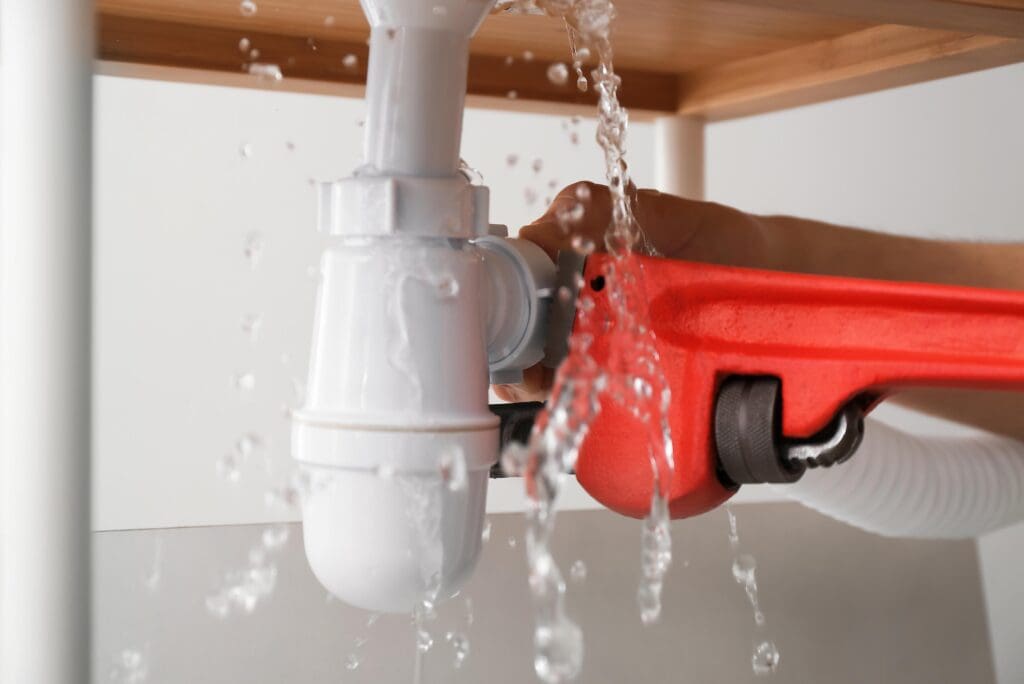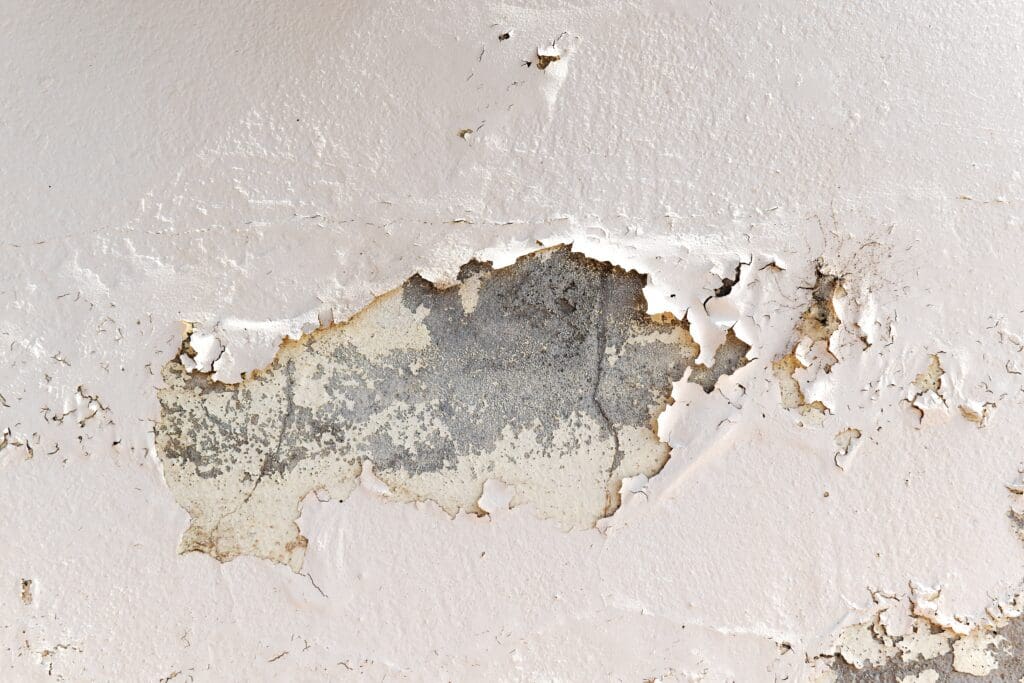Are you planning to buy a house? It’s crucial to evaluate its condition thoroughly before making a purchase. A thorough assessment ensures you make an informed decision and avoid unexpected surprises down the road. In this comprehensive guide, we will walk you through the essential steps for evaluating the condition of a house before buying.
1. Conduct a Home Inspection
A professional home inspection is perhaps the most crucial step in assessing the overall condition of a property. Hire a certified inspector who can thoroughly examine the house, including its structure, electrical systems, plumbing, HVAC, and more. The inspection report will provide valuable insights into any existing or potential issues. If you are unsure who to hire to perform the inspection, speak with your real estate agent for a recommendation.
2. Examine the Exterior

Assess the exterior of the house for any visible signs of damage or wear. Look for cracks in the foundation, damaged roofing materials, peeling paint, or sagging gutters. Take note of any excessively wet or swampy areas of the lawn. Pay attention to the condition of the landscaping, driveway, and walkways as well.
3. Check the Interior
Evaluate the interior of the house to identify any potential issues. Inspect the walls, ceilings, and floors for cracks, water stains, or signs of mold. Test the functionality of doors, windows, and locks. Look for indications of water damage or pest infestation.
4. Assess the Electrical and Plumbing

Ensure the electrical system meets safety standards and can handle your needs. Check the circuit breaker panel, outlets, and switches for any signs of damage. Similarly, examine the plumbing system for leaks, water pressure, and signs of corrosion.
5. Consider the HVAC System
Assess the heating, ventilation, and air conditioning (HVAC) system. Check the age, condition, and efficiency of the system. Ensure it is capable of adequately cooling or heating the house.
6. Evaluate the Structural Integrity

Look for signs of structural issues, such as uneven floors, cracks in walls, or sagging ceilings. Check areas for mold or peeling paint, which indicates excessive moisture. These can indicate underlying problems with the foundation or structural components.
7. Review Safety Measures
Check for the presence of smoke detectors, carbon monoxide detectors, and fire extinguishers. Assess the overall safety of the property, including stair railings, handrails, and other potential hazards.
8. Consider Additional Assessments
Depending on the house’s location and specific features, you may need additional assessments. For example, if the property is in a flood-prone area, consider a flood risk assessment. Similarly, if there is a septic system, have it inspected by a professional.
By following these steps and conducting a thorough evaluation, you’ll have a comprehensive understanding of the house’s condition before making a purchase. This knowledge will help you negotiate the price, plan for any necessary repairs or renovations, and make an informed decision.
Remember, investing in a professional evaluation is a small price to pay compared to the potential risks and costs associated with buying a house without proper assessment. Ensure a successful real estate purchase by evaluating the condition of the house meticulously.
#HouseEvaluation #BuyingAHouse #ConditionAssessment #HomeInspection #PropertyInspection #RealEstatePurchase #HouseAssessment #PropertyCondition #PrePurchaseInspection


For a copy of our home buying process, please fill out the form on this page. The guide will be emailed immediately.
If you are looking for assistance in the metro Atlanta area, please reach out to us. We would love the opportunity to help you with your home purchase or sale.
If you are in another part of the country, we may be able to refer you to an agent in your market.
